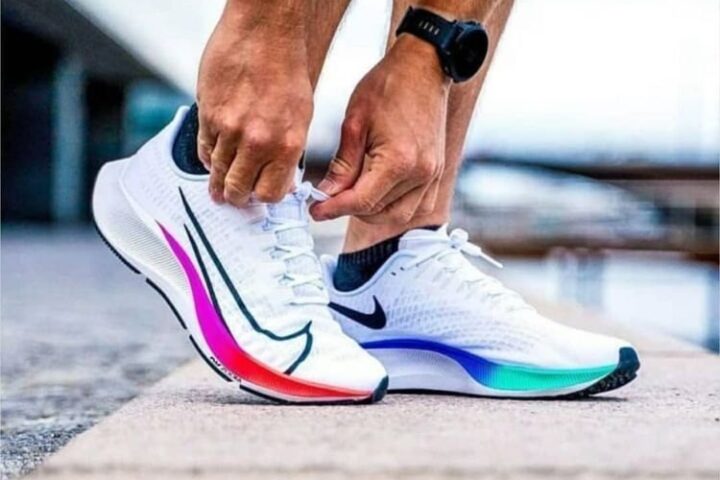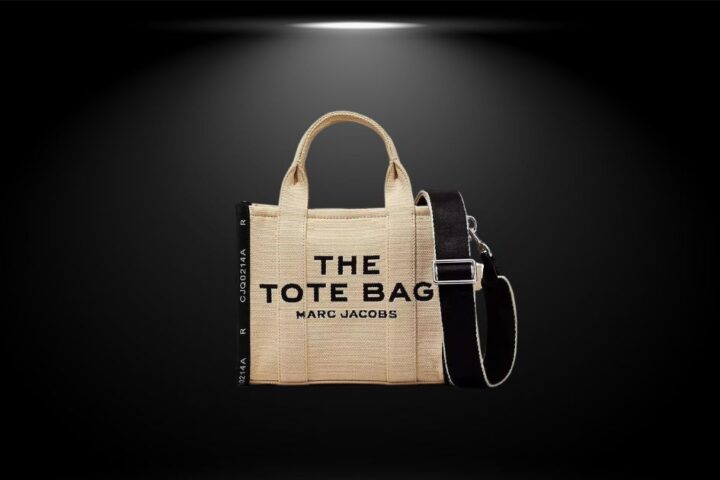High fashion has always celebrated the idea of lust, luster, and luxuriance. Naturally occurring (and now even lab-cooked), priceless elements, classified under categories of stones, gems, precious and semi-precious metals have been the subject of wars, power hierarchy, grandeur, deceit, and ornamentalism. The evolution of jewelry from simple seashells, bones, teeth, stones to complex structures designed by artificial assistance, narrates the saga of human evolution. Every piece of jewelry collected from specific time periods depicts the living conditions of people at that time and helps us understand the past societies better.
Today, jewelry has come to be identified according to the era it belonged to. Ancient, modern, and futuristic are some of the eras. The craftsmanship or artisanry is also challenged by 3-D printing tools that effortlessly create high jewelry. The current era is also awakening to sustainable jewelry, the contours of which are still elementary.
Intellectual Property Rights (IPR) is often perceived as the only law applicable to the jewelry industry. The applicability and conflict of copyright laws and design protection is the most commonly sought-after issue. Copyright law allows for sixty-year protection to the graphical representation of designs and the Design Act allows for ten plus five years of protection to registered designs which are unproduced and unavailable for the masses. But the conundrum seeps in when there is an overlapping of protection sought from both copyright and design law. To bone of tussle here is with regard to “Rule Fifty”. If a registered design is produced more than fifty times then the protection granted by Copyright Act ceases to exist. The Copyright Act also does not allow for double protection if the design is already registered under the Designs Act.
But the law governing jewelry is not limited to IP. The jewelry industry is as complex as the clothing industry. Supply chain or the life story of a jewel is also multi-regional and multi-contractual. Due to the geographical importance of some jewels; like East-South East Africa is famous for colorful gemstones like garnet, sapphire, and tourmaline; the law pertaining to environment and labor in these regions is of significance form for a socio-legal welfare perspective.
Therefore, the aim of this article is to access and analyze the non-IP segment of jewelry law and provide insights into emerging areas like e-commerce and the standardization of jewelry.
E-commerce and Jewelry
Many brands today have shifted to the online mode of business. Brands are notching up the game by introducing various innovative means to lure customers online. Gucci, for example has created augmented reality assisted try-ons to ensure steady sales. The jewelry industry is no exception. Indian jewelry brands like Tanishq, Kalyan Jewelers, ForeverMark Diamonds have teamed up with MirrAR to boost their sales and keep up with the changing times of fashion and technology.
Technology for jewelry brands is a necessity. But this creates room for issues like standardization and ethics. Brands like BlueStone have adopted various standardization mechanisms for their online mode of business. Certification of jewels is a universally accepted process that allows the buyers to understand the treatment undergone by a particular jewel before it reaches them. It also entrusts authenticity and helps ease the transfer of jewels from one buyer to another. This has significantly helped in the establishment of a strong second-hand market for the jewelry industry.
Many agencies and organizations provide certification marks that promote universal standardization. Here is a list of few:-
International Gemological Institute
It is one of the world’s largest certification organization with presence in many international cities and at various jewel hubs of India like Surat, Chennai and New Delhi.
Gemological Institute of America
One of the oldest standardization organizations in the world and trusted over decades by all the leading brands. It is famous for its 4C’s- cut, clarity, color and carat weight. They have been a part of certifying some of the greatest gems ever discovered.
Solitaire Gemmological Laboratories Ltd.
They embody the highest level of reliability, consistency and integrity. It is an independent gem testing laboratory with research centers all across the world. In India they are located in Mumbai, Bangalore, Chennai, Hyderabad, Thrissur, Coimbatore, Pune and Jaipur.
BIS Hallmark
The Bureau of Indian Standards is the national standard body of India. It is modelled on International criteria and grants registration to jewelers. The BIS certified jewelers can get their jewelry hallmarked from any of the BIS recognized Assaying and Hallmarking Centers.
International Institute of Diamond Grading & Research (IIDGR)
It was founded by the De Beers Group of Companies and is located in Surat. It is one of the few organizations identified and authorized by the government to issue certifications of quality.
India is one of the largest epicenters for cutting and transforming gemstones and diamonds and also has one of the largest reservoirs of these precious stones and metals. But it has been found that many of the resources that are untapped are unethically exploited at the cost of harming nature.
These issues take a complex turn when dealing in jewelry over online stores. Most of the brands selling jewelry do not comply with the standards. It has also been seen that they overlook the definitive part of items like sterling silver and gold/silver plated. The absence of strong government guidelines on these issues adds up to this bling blunder.
It is high time that the government should issue guidelines and layout policy framework to institutionalize the entire online jewelry market. In doing so, the government will not only ensure accountability from the manufacturers and brands but also create trust amongst the consumers.










